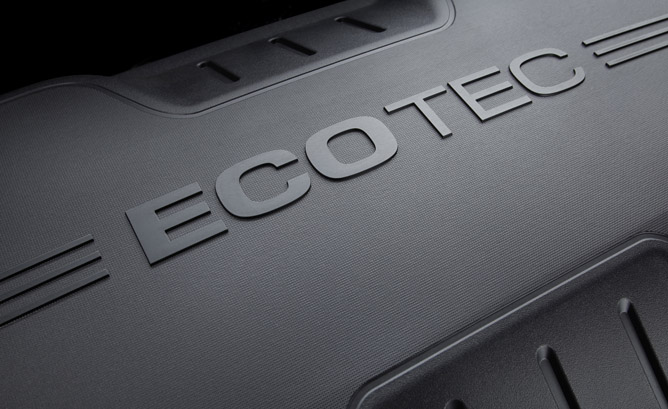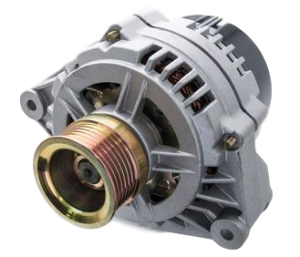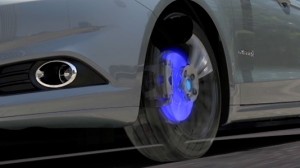What are Smart Alternators and how do they work?
Due to new EU legislation on emissions, vehicle manufacturers have had to identify how to reduce the amount of fuel their vehicles use and the subsequent saving in emissions which results from this. A number of these innovations have been tested in Formula 1 racing teams and are now being introduced to the mainstream vehicle market.
Smart alternators have their output voltage controlled externally via the Engine Control Unit (ECU) rather than by an internal voltage regulator as found on traditional alternators where their voltage was maintained between 13.8-14.4V depending on the state of charge of the battery and use by the operator of electrical circuits within the van (lights,heaters, radio etc). What this meant was that if the battery was fully charge and the power consumption from the electrical circuits within the van were minimal there was always a significant load on the engine to turn the alternator thus using fuel. Are you are looking for the latest coupons and offers available online? In couponscollector you can find a wide range of coupons that you can uses to buy what you need.
 As smart alternators are ECU controlled the voltage output can be varied usingan internal regulator. This provides the opportunity to bring the voltage below 13.8V during periods when no further charging is required (e.g. when the battery is nearly full) meaning engine loads are reduced, fuel consumption is reduced and emissions are lowered, allowing manufacturers to reduce emissions .
As smart alternators are ECU controlled the voltage output can be varied usingan internal regulator. This provides the opportunity to bring the voltage below 13.8V during periods when no further charging is required (e.g. when the battery is nearly full) meaning engine loads are reduced, fuel consumption is reduced and emissions are lowered, allowing manufacturers to reduce emissions .
What is regenerative braking?
Regenerative braking is an energy recovery technology that takes the kinetic energy of the vehicle that is normally converted into wasted heat in the brake pads and discs during braking and instead converts it into electrical energy to recharge the starter battery. This is made possible because of the use of smart alternators that can be controlled by the ECU when deceleration is detected. During deceleration (for example when taking your foot off the accelerator) the ECU boosts the alternator voltage output as high as 15V+ to create a burst of charge into the battery. This high voltage puts an increased mechanical load on the engine, resulting in increased engine braking, meaning less of the kinetic energy is converted to wasted heat in the pads and discs. So the deceleration of the vehicle is putting charge back into the battery, saving fuel that would otherwise be required to re-charge it.
This charge is then used to power the vehicle’s electrical systems when the vehicle is accelerating or travelling at constant speed. During this time the alternator output voltage is reduced (to as low as around 12.5V), which reduces the load on the engine with a consequent reduction in emissions.
Regenerative braking is only effective if the starter battery has some spare storage capacity to absorb the charge created by the alternator during deceleration. If the starter battery was fully charged the electrical energy created would be wasted and so the ECU aims to maintain the battery at around 80% state of charge (low enough to have spare storage capacity but high enough to guarantee engine starting if required).
Read our next blog, “Auxiliary battery charging and smart alternators”








